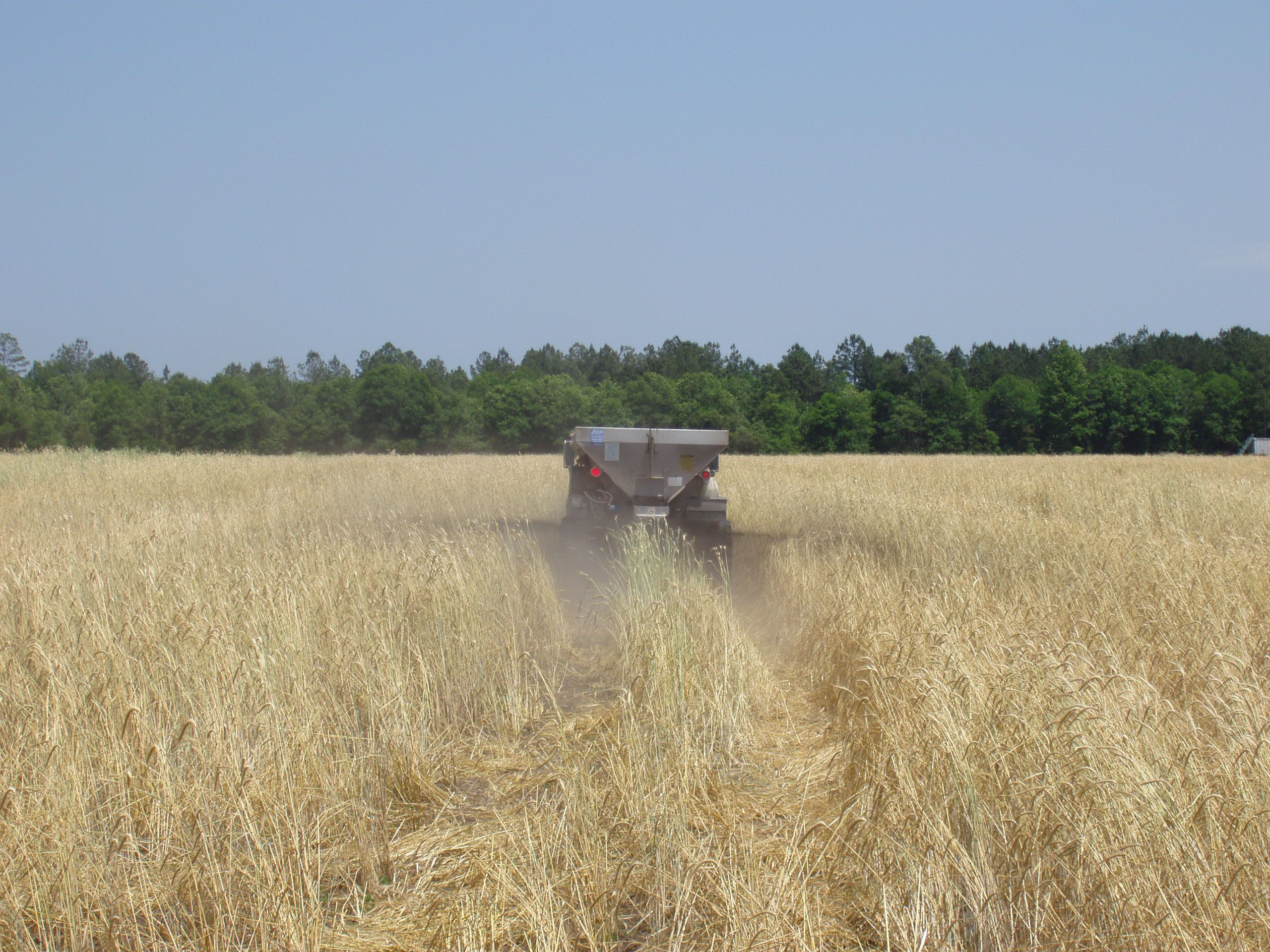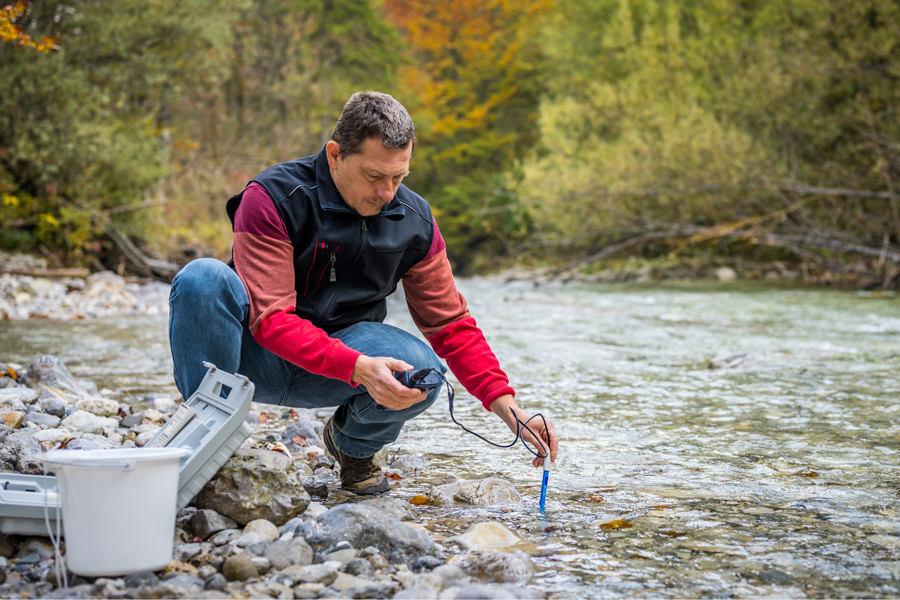Pollution and Contaminants
-

Our homes are filled with potentially hazardous household products we use for cleaning, gardening, auto maintenance and other activities around the house. These products may contain ingredients that can be hazardous when not used, stored, and disposed of properly. You can make your home safer and healthier by reducing exposure to hazards in your home by following these tips.
Pamela R. Turner, Olivia Handley, Michelle Quick, Keishon Thomas, Nancy Adams, and Susan L Moore
|
-

This bulletin provides the general public a quick reference for some commonly used standards for metal concentrations in biosolids and various by-products intended for land application. Most of the standards presented here are regulatory; however, we have also included information on average metal concentrations in agricultural soils.
Jason Lessl
|
-

Perfluoroalkyl and polyfluoroalkyl substances (PFAS) are a group of more than 9,000 manmade chemicals that have been in use worldwide since 1940, primarily in industry and numerous commercial and consumer products. The widespread use of PFAS for the past several decades has raised concerns due to their persistence, bioaccumulative nature, and potential adverse health effects. This publication provides information about the background, uses, and environmental and human health consequences of PFAS chemicals, as well as the EPA’s primary drinking water regulation standards and water treatment systems for removal/reduction of these chemicals from drinking water. Testing options and PFAS monitoring efforts by the Georgia EPD are included along with references for further reading.
Gary L. Hawkins, Pamela R. Turner, and Uttam K. Saha
|
-

Best Management Practices (BMPs) can be described as management and/or structural practices that are designed to reduce pollutants and erosion while increasing the quality of all life. The BMP concept deals specifically with nonpoint source pollution, such as runoff from agricultural fields, forest areas or urban areas. BMPs are also voluntary in nature. Individual practices and applications can vary widely from field to field. Best management practices are typically used in agricultural areas, and forest and urban settings.
Gary L. Hawkins and Rebekah Danielle Wallace
|
-

Storm water is the runoff from land and impervious areas such as paved streets, parking lots and building rooftops during rain events. It often contains pollutants such as nutrients, bacteria, sediment and metals that could adversely affect water quality.
Gary L. Hawkins
|
-

B 1242-2
Total Maximum Daily Loads in Georgia
A total maximum daily load (TMDL) is a calculation of the maximum amount of a pollutant that a water body can receive and still meet water quality standards. This publication contains comprehensive information about total maximum daily loads in Georgia, including their importance and how to establish an implementation plan.
Gary L. Hawkins
|
-

B 1242-3
Georgia’s Water Quality Standards
The Environmental Protection Division (GAEPD) of the Georgia Department of Natural Resources (GADNR) is responsible for setting and enforcing water quality standards. The goals of establishing these standards are to “provide enhancement of water quality and prevention of pollution; to protect the public health or welfare in accordance with the public interest for drinking water supplies, conservation of fish, wildlife, and other beneficial aquatic life, and agricultural, industrial, recreational, and other reasonable and necessary uses and to maintain and improve the biological integrity of the waters of the State.” This publication contains comprehensive information about Georgia’s water quality standards and what the public should know about bodies of water that do not meet these standards.
Gary L. Hawkins
|
-

On-site wastewater treatment systems provide treatment and ultimate dispersal of wastewater from homes and small businesses. They usually consist of a septic tank, a drain field and the underlying soil. When properly designed, installed and maintained, they are an environmentally benign method to manage household wastewater.
Gary L. Hawkins
|
-

B 1242-5
Drinking Water Protection in Georgia
Drinking water sources in Georgia (surface and ground water) can be contaminated by landfills and dumps, leaky septic tanks, urban runoff, industry and agricultural operations. The state of Georgia has implemented two programs designed to identify potential sources of pollution and protect drinking water sources.
Gary L. Hawkins
|